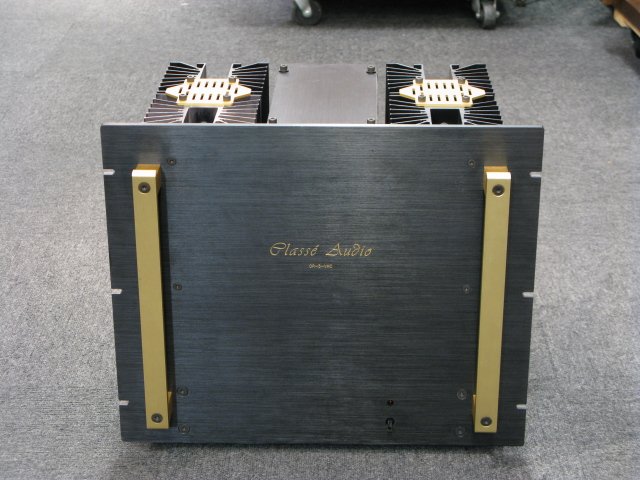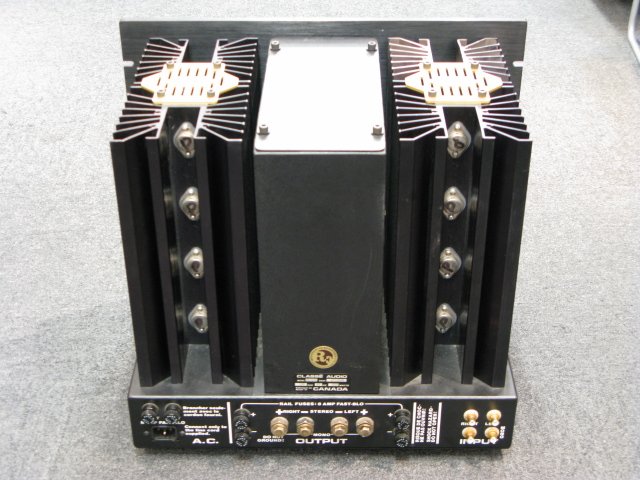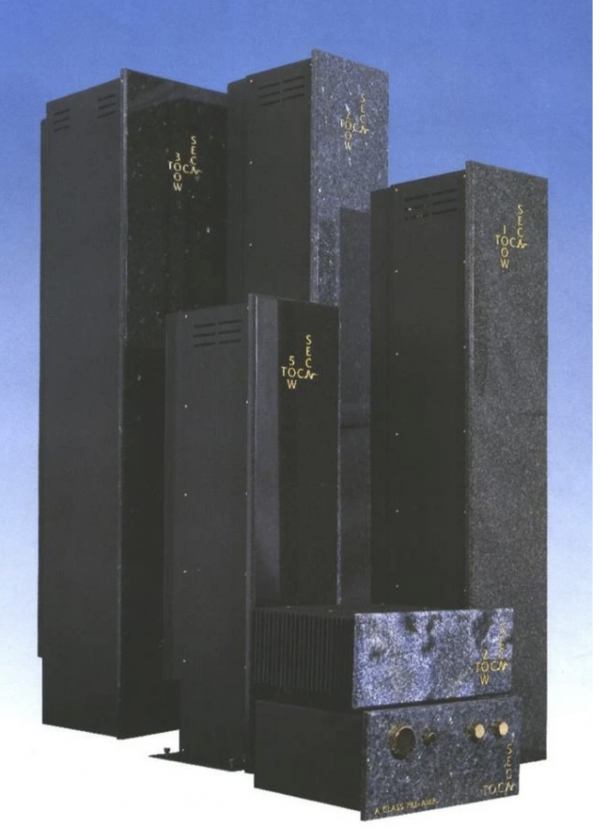Hi guys,
What i mean by vintage amps is Threshold SA/1, Mark Levinson ML2, Pass Aleph 0 type of amps.
I'd like to know if some of you had the opportunity to compare great vintage amps in your system against some of today's amps like Gryphon Essence, Pass XA series, Vitus, SS-SM, Ayre and many more.
Are modern amps that much better than great vintage amps ?
Please share your experience.
High-End audio equipment today that costs a lot is often made with the same kind of sensibilities as top-notch vintage audio gear.
Back then, famous brands in Japan such as Kenwood, Sansui, Sony, Victor and Pioneer produced top-notch gear that can still compete when compared to state-of-the-art today. I have auditioned or owned probably dozens of amplifiers and source components over the years; most of which have been vintage (90s - late 90s). KRELL industries is also a superb brand/company. I'm talking about the very best these companies could muster up; and for top-dollar.
Short signal paths, keeping internal wiring to a minimum (or high purity tinned copper to prevent oxidation), using the best quality/reliable parts, proven engineering methods, proper internal damping, and design theory = You were getting exactly what the product description promised.
Nowadays, there is so much fluff in the industry - including but not limited to garbage like $99 DACs or headphone dongles - which supposedly measure and sound better than full-size source components. When aggressive cost-savings are applied to audio components and measurements alone are the focus, the sound quality will be poor. Usually full of of 2nd, 3rd, and sometimes even 4th order harmonic distortions and non-intentional colorations. A null test and audio file output comparators can show you the real capabilities of the electronics. Unfortunately, such reviews do not show us either of these measurements for source components... I wonder why

There is also rise time, slew rate, damping factor, frequency response, bandwidth (usually at 1w into 8 ohms at a certain power rating etc.)
The above are not typically seen in objective reviews - yet they can definitely influence the overall sound of the electronics.
Lastly, I'd like to highlight SNR and SINAD:
Comparative Examples of Noise Levels - IAC Acoustics
In my experience, audio equipment that measures okay within the range we listen to AND made without cost savings in mind will sound infinitely better than audio equipment that merely provides exceedingly low THD and high SINAD numbers. We also must consider how loud we listen. Beyond a certain point, chasing better numbers doesn't lead to greater audio quality - subjectively or objectively speaking. Just my 2 cents!
- DMK


















